The Young Duke
The Early Life of John Wayne
Revised Edition
Howard Kazanjian and Chris Enss
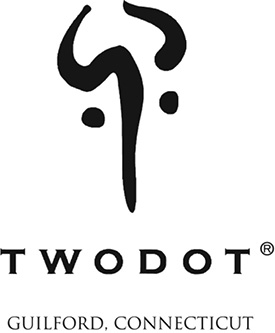

An imprint of Globe Pequot
A registered trademark of Rowman & Littlefield
Distributed by NATIONAL BOOK NETWORK
Copyright 2007, 2018 by Howard Kazanjian and Chris Enss
All rights reserved. No part of this book may be reproduced in any form or by any electronic or mechanical means, including information storage and retrieval systems, without written permission from the publisher, except by a reviewer who may quote passages in a review.
British Library Cataloguing in Publication Information available
Library of Congress Cataloging-in-Publication Data available
ISBN 978-1-4930-3404-8 (hardcover)
ISBN 978-1-4930-3405-5 (e-book)
 The paper used in this publication meets the minimum requirements of American National Standard for Information SciencesPermanence of Paper for Printed Library Materials, ANSI/NISO Z39.48-1992.
The paper used in this publication meets the minimum requirements of American National Standard for Information SciencesPermanence of Paper for Printed Library Materials, ANSI/NISO Z39.48-1992.
Printed in the United States of America
Foreword
After performing in more than thirty-three films and TV productions, invariably the first question Im asked by press and fans alike is, What was it like to work with John Wayne?
As we all know, The Duke was not only an actor, he was a legend, and he filled his cinematic boots with undeniable impact and elegance. Yes, John Wayne had a unique way of turning all his characters on the big screen into our personal hero next door.
I had the pleasure of working with The Duke in Rio Lobo, directed by Howard Hawks.
As I wrote in my autobiography Surviving Myself :
John Wayne was a total delight to work with. In a few months I had gone from a half-million-dollar movie to a ten-million-dollar film (remember this was the early seventies), co-starring with one of the worlds best-known heroes. It was during the filming of Rio Lobo that John Wayne won his Academy Award for True Grit truly a wonderful moment for him. He always told me that the most important thing about acting is to really listen. That advice came in handy years later when I worked on a film in Europe where everyone was speaking different languages. Talk about listening for your cue!
The Duke starred in Rio Lobo out of respect for Hawks, as they had made many classic films together in the past, but it was rather sad to see this once-renowned director losing his touch. A constant stream of well-wishers, supportive friends, and fans of Hawks passed through the set during the entire filming schedule, including the legendary director John Ford and actor Robert Mitchum. A book about Hawks was being written while we shot; the set was hopping, accolades were flying, and I felt honored to be present at what seemed like a giant wrap party for an era gone by.
I only saw the Duke lose his patience once. It was after a gun battle in the saloon where I shot the bad guy and then fainted into the Dukes arms. He was to carry me up the long flight of stairs to exit frame. Remember, John Wayne had had one of his lungs removed due to cancer, so this scene was no easy task for him to perform. I shot the gun, fainted, was caught, and tried to will myself to be light as possible while still playing unconscious. As we ascended the stairs, the Dukes breathing became heavier and heavier... I really wasnt sure if he would make it to the top. But he did, and Hawks yelled cut... only to have the cameraman announce that they didnt film the shot because Hawks forgot to tell him to follow us up the stairs with the camera. With that, the Duke dropped me hard on the floor and stormed off the set swearing that he wouldnt do the scene again.... But of course he did. He was a real pro. There were, however, a few things you didnt do with the Duke; you never talked about religion or politics, and you never played cards with him if you expected to win. In my opinion, John Wayne more than deserved his hero status.
What an honor to have worked with this consummate gentleman who blessed millions worldwide with a body of work that will never pale.
Jennifer ONeill, actress and author
Acknowledgments
The authors wish to thank the following organizations and individuals for their generous assistance with this project: We are indebted to George Ellison at the Special Collections Room of the Glendale Public Library, Chuck Wike at the Glendale Public Library, the Glendale Historical Society, the Lancaster Historical Society, Carolyn Wilson at the John Wayne Birthplace Museum, the staff at the Academy of Motion Picture Arts and Sciences and Academy Foundation and the Margaret Herrick Library, Joanne Drake at the Ronald Reagan Presidential Foundation, the archives department at the Chicago Tribune , and Marilyn Carey. Above all, thanks to Erin Turner, the editorial staff, and most especially the exceptional art department at The Globe Pequot Press.
Introduction
This is the story of the young DukeJohn Wayne, the American Star.
John Wayne was the American hero to millions the world over. Men wanted to imitate him, women were in love with him. He endeared himself to every Americanrich, poor, workingman, and executive. For more than fifty years he was an American Patriot, handsome actor, a great Western Star, Producer, Director, Father, Husband, Friend, and international icon.
Some refer to the Duke as the fifty-first star on the American flag. He had a unique position in the history of the cinema. Wayne cast a giant shadow over his peers and became the most recognizable face in the world, outshining even some Presidents. To the world, his face was America. To this day he still remains the most popular actor of all time.
Howard Kazanjian, Hollywood producer
When John Wayne arrived on the Hollywood scene in the mid-1920s he had another name and a plan to become an attorney. The 6-foot-4-inch, brown-haired, blue-eyed University of Southern California football player became perhaps the most recognizable actor in motion-picture history. So clear is the image of Wayne and the heroes he portrayed that few can separate the man from his onscreen personalities.
John Wayne was strong willed and confident, and he believed in the ideal of the American cowboy or American soldier ideals embodied in the bold characters he portrayed, such as Tom Dunson in Red River and Major Daniel Kirby in Flying Leathernecks . But John Wayne in his youth was more quiet, reserved, and reluctant to be the center of attention. His gentler, unassuming traits made the people he played more complicated and therefore more real.
Wayne was easy-going, honest, and completely without guilequalities that attracted studios to him and made him a favorite to work with among his peers. He had millions of admirers that never missed seeing his pictures. They helped to make him the nations number-one box-office attraction for several years. From his first leading role in The Big Trail in 1930, to his final performance in The Shootist in 1976, he was a Hollywood superstar.
Though Wayne played many parts in all types of movies, audiences mostly associated him with the part of an American cowboy. Wayne was proud of that. After all, they shaped my early career, he told a reporter for the Saturday Evening Post in 1970. His deep respect for the Western genre could be seen in his performances. He said:
Westerns are folklore, just the same as the Iliad is, and folklore is international. Our Westerns have the same appeal in Germany and Japan and South America and Greece that they have in our country. But dont ever think theyre fool-proof, either. It takes good men to make good Westerns. And besides that, theyre fun. I like making Westerns.
Next page
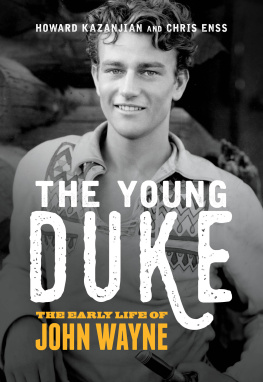

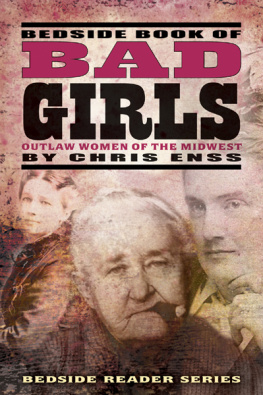


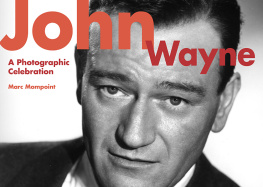
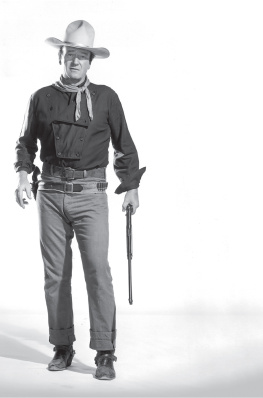
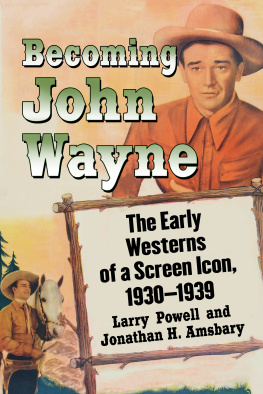
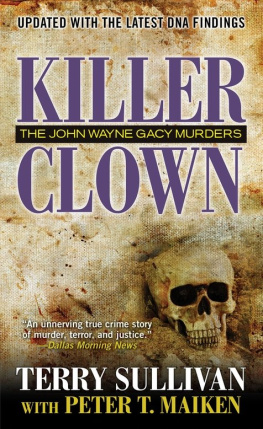
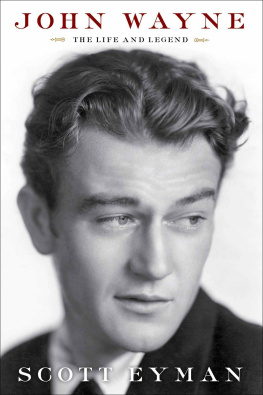
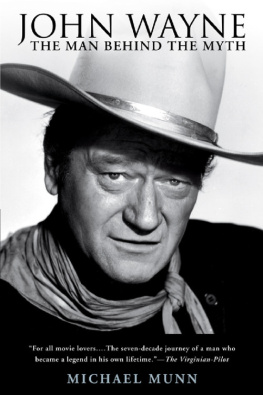


 The paper used in this publication meets the minimum requirements of American National Standard for Information SciencesPermanence of Paper for Printed Library Materials, ANSI/NISO Z39.48-1992.
The paper used in this publication meets the minimum requirements of American National Standard for Information SciencesPermanence of Paper for Printed Library Materials, ANSI/NISO Z39.48-1992.